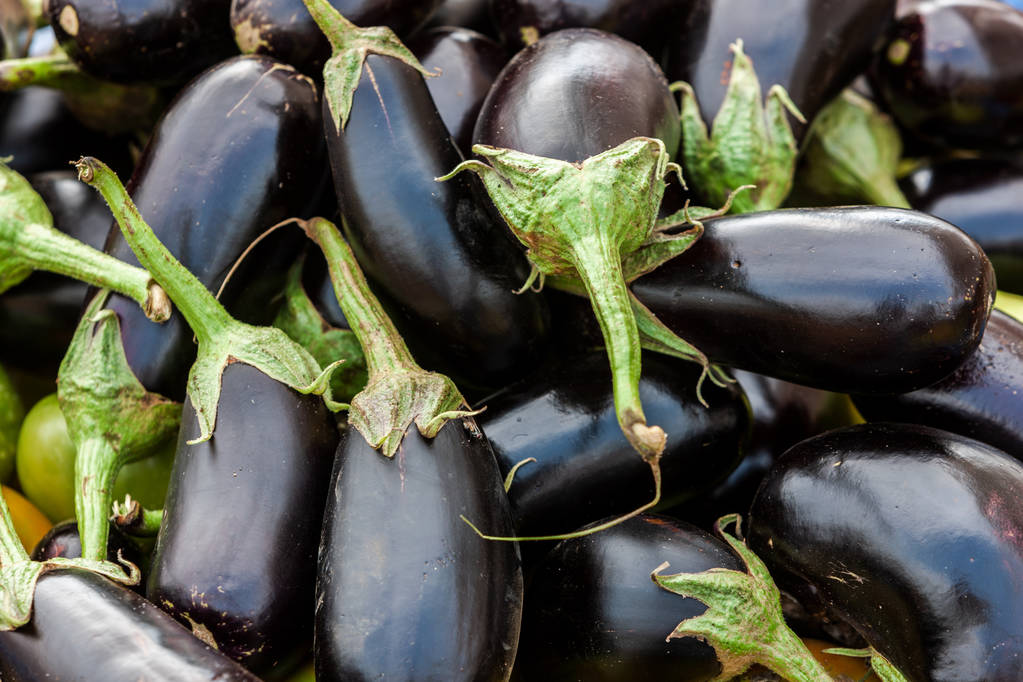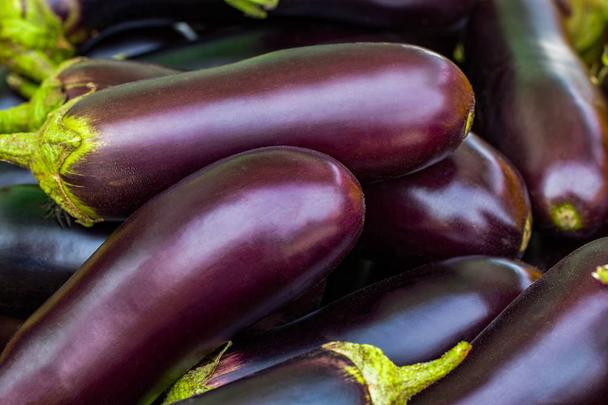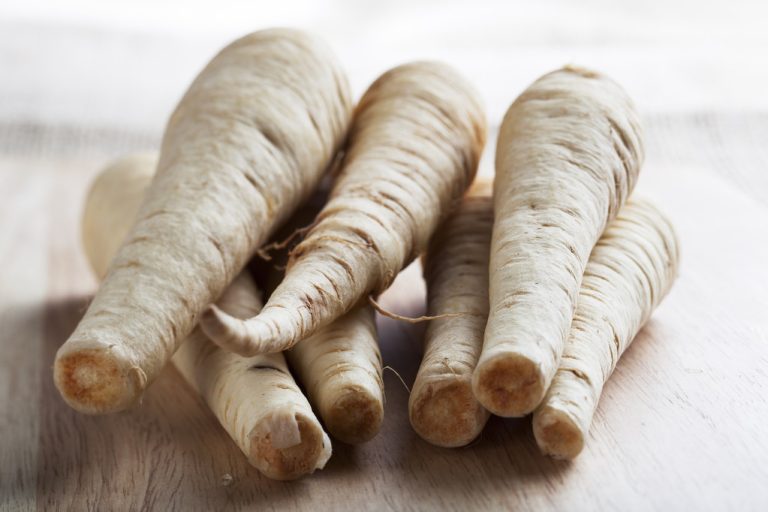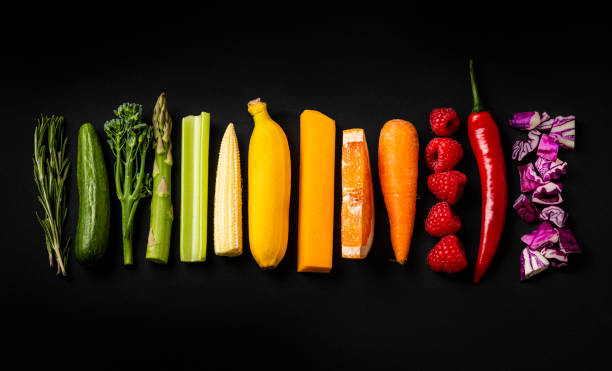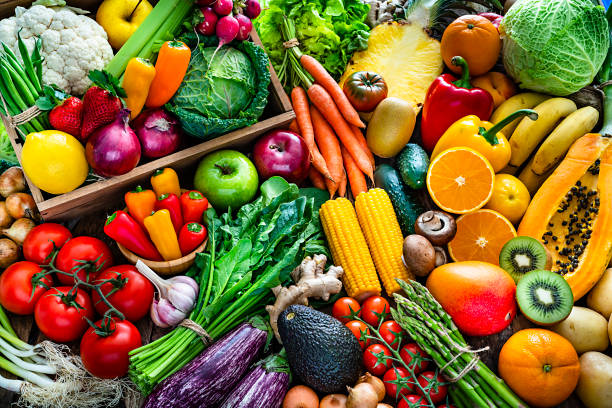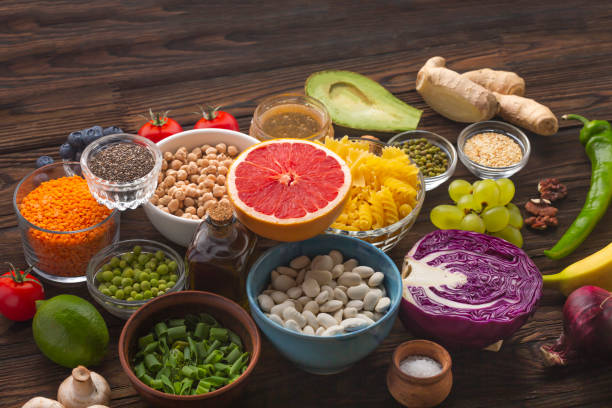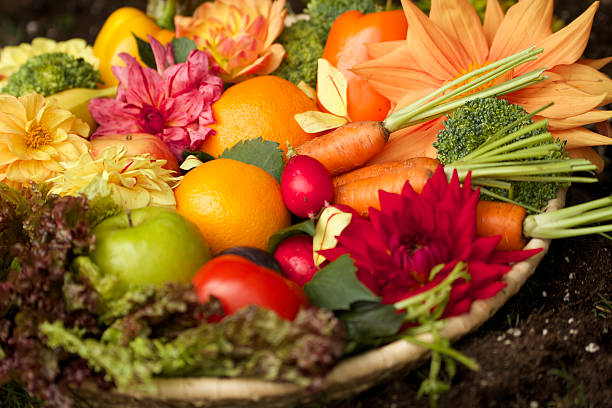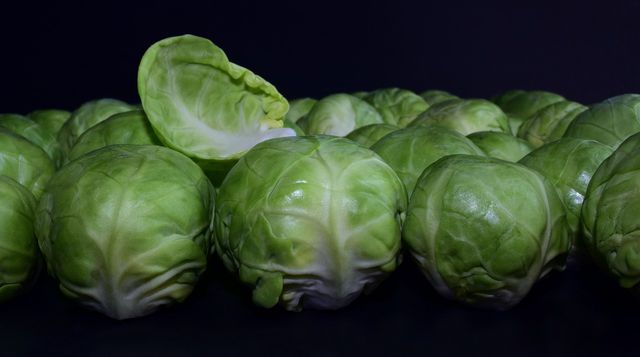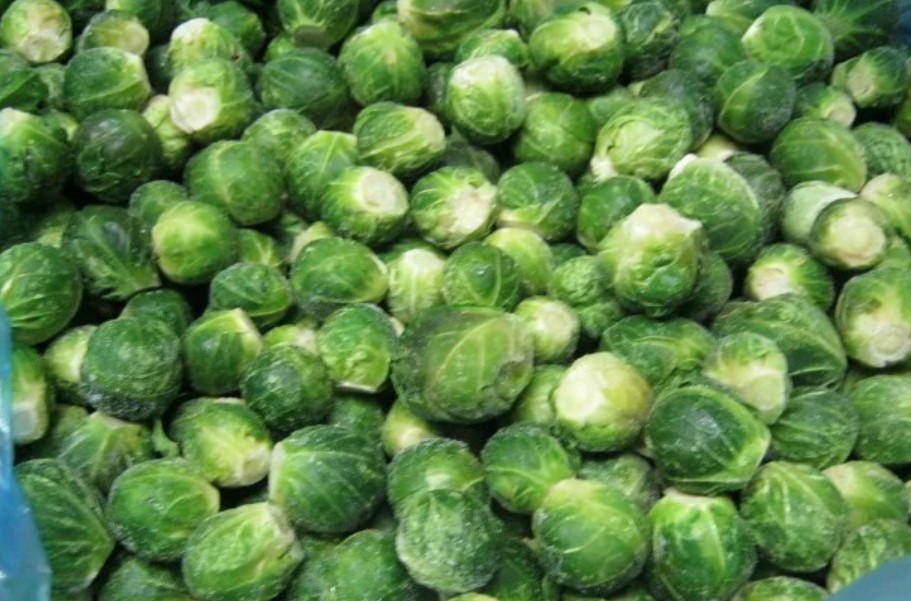Everything that lives must die. But how can you prepare for the inevitable?
What is to be settled?
With every second that passes, the moment of death draws nearer. You suppress it, don’t want to admit it. And yet it is inevitable. Perhaps a visit to the doctor will make you realize the fact that your lifetime is coming to an end. At least now you will realize that life is finite. But can you really prepare for your death?
First of all, it is important to regulate certain things. What happens after death? Is everything settled? Here is a 7-point plan:
Store documents clearly: insurance policies, family book, bank documents and also a list of passwords for online banking, social networks or other online accounts.
Make a will: notary public or handwritten. If handwritten, this should be placed with the documents or officially stored.
Appoint an executor: This means a person who implements the will.
State your funeral preferences: How would you like to be buried?
Declare Pet Inheritance: If you have a pet, who should take care of it after death?
Bequeath objects during your lifetime: It is best to decide who should get what in a discussion group.
The last will
You don’t think about it when you’re young. But when you die, you leave something behind. This often leads to arguments. A will can help with that. It may make sense to write it earlier in life. There are a few things to keep in mind. First of all, it does not necessarily have to be written by a notary, you can write it yourself. But you have to follow certain rules here. And what are the advantages and disadvantages?
The handwritten will
can be written alone. No other person is necessary.
can be written anytime, anywhere. It will not be charged.
can be kept at home or kept at the district court (approx. €75.00).
can be changed, destroyed or revoked at any time.
may be unclear or even invalid because it was written by a layperson.
can be lost, not found or counterfeited.
The notarial will:
Legal advice and legally secure preparation by a notary.
An appointment with the notary is necessary.
The document is officially stored.
A change can be made by a notary. A revocation occurs through withdrawal from official custody.
There are notary fees for the creation and modification.
Official custody ensures that the will is found and not forged.
Married couples can draw up a joint will for inheritance.
Most often, couples with children choose the so-called Berlin will: According to this, the longer surviving inherited everything. Only after his death do the children inherit.
If the testator is very wealthy, the Berlin will can have tax disadvantages.
How do you prepare yourself for death?
But how can you mentally adjust to death? It doesn’t matter if you got a message about the approaching end.
Accept that you will die. It’s useless to quarrel with fate. You may think it’s unfair, especially when you get the news that you may not have much longer to live. You must come to the realization that everyone dies. Ultimately, there is nothing unfair about that.
Use your time. Think about what you really want. Go to places you want to see, meet people you love. Is it really important to work even more overtime just to buy yourself things you don’t need?
Eliminate misunderstandings. Remember, this may be the last time you’ll see someone. Forgive all those who have wronged you. Ask forgiveness from anyone you may have hurt.
enjoy It can always be the last meal, the last coffee, the last whiskey. Experience it consciously.
When you lie down to sleep, know that you may not wake up the next morning. reflect on your day. were you happy with it Close your eyes, breathe consciously. Smell, feel the linens, listen to the sounds of the night. And when you wake up, be happy about it. Don’t think about what awaits you that day. Imagine you are born again. take the moment
The world you wake up in will not last forever. Enjoy her. In everything she has to offer you. If you buy a new book, read it consciously. A new pen? It may be that today is the last time you will use it. Appreciate the people and things around you. Everything is impermanent.
Death comes to us all. We can’t stop it, but we can influence whether it frightens us or is ultimately what it’s supposed to be: the end of a life.



